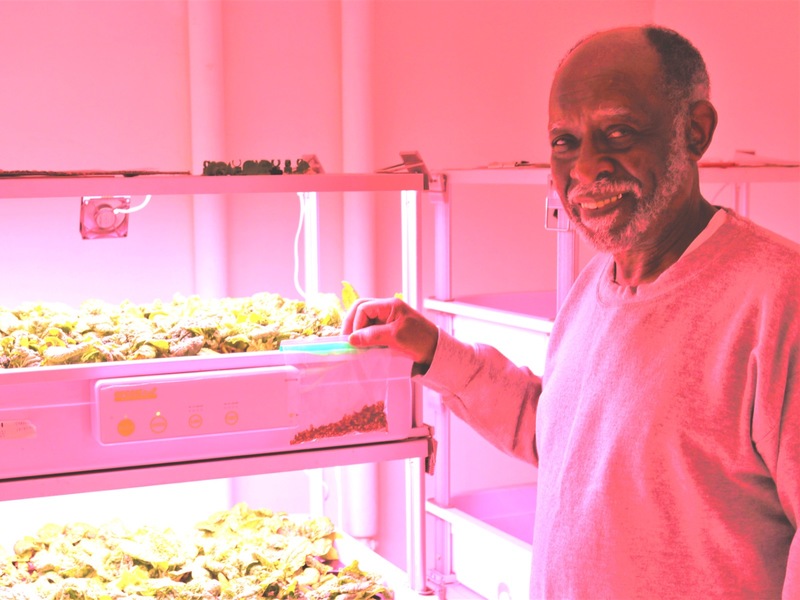Composting is a good practice for all gardeners who have the space for it. The good thing is you can make it as simple or as complicated as you want, and unless you choose to buy a composter, it can be done very cost effectively.
One simple thing you can compost is your kitchen scraps. You can simply take your fruit and vegetable scraps, eggshells, coffee or tea grounds, and compost them. You don’t want to add any dairy, meat or bones. These ingredients can be added to things from the outside of your house.
One simple practice is called cold composting. This is where you simply build a pile of different compostable materials and let it sit for nine to 18 months while it breaks down. You can simply take your yard waste, kitchen scraps, even things like torn up newspapers and small pieces of cloth. This will all break down over time and become usable compost for you.
This method does not always kill off weed seeds, so you want to be aware of that when weeding your garden. Cold composting does not destroy pathogens either, so if you put diseased plants into your cold compost, the diseases may spread into the garden, hence the common advice not to compost diseased plants. The other issue with cold composting is that you end up with lots of large pieces left over in the compost when the process is completed, whereas with the following method, the results look like fine black soil.
That method is called hot composting, which produces compost in a much shorter time. It has the benefits of killing weed seeds and pathogens (diseases), and breaking down the material into very fine compost. This is accomplished by using equal parts of nitrogen to carbon compost. Materials that are high in carbon are typically dry, "brown" materials, such as cardboard, dried leaves, straw, branches and other woody or fibrous materials that rot down very slowly.
Materials that are high in nitrogen are typically moist, "green" materials, such as lawn/grass clippings, fruit and vegetable scraps, animal manure, coffee or tea grounds and green leafy materials that rot down very quickly. You would then mix the compost a few times a week. This can be done in a tumbling composter or with a garden fork in a compost pile or bin. Hot composting can break down in a few months.
It is important to know what the rules are for composting where you live. Some municipalities don’t have a preference as to where you compost pile goes, and some want it in a contained area or even off of the ground.
A good idea for a cheap compost container is a large trash can with locking handles. It is ideal to drill several holes in the trash can for proper air circulation. Then when you want to mix your compost, you simply put the lid on, lock the handles and then roll it up and down your driveway or yard. For standing tumbling composters you can find plans for that easily online.
For more information on water collection and proper watering techniques, please visit our website.







